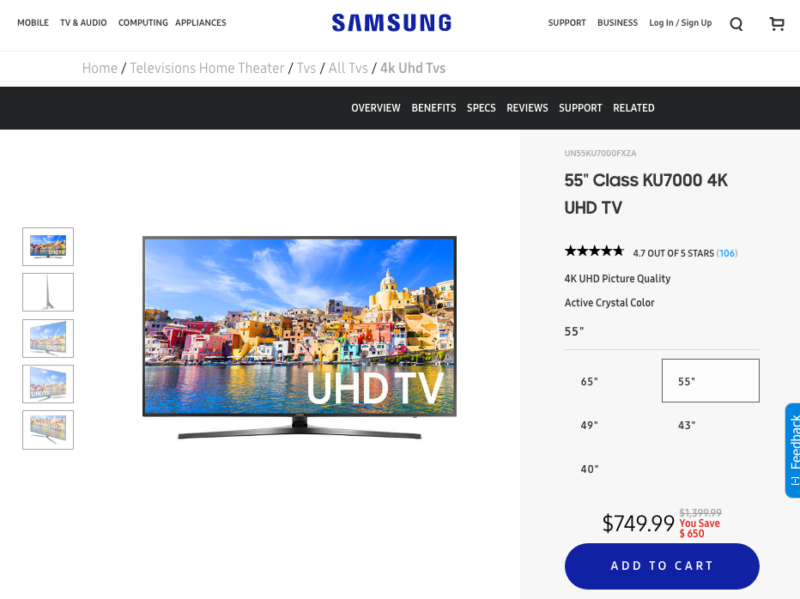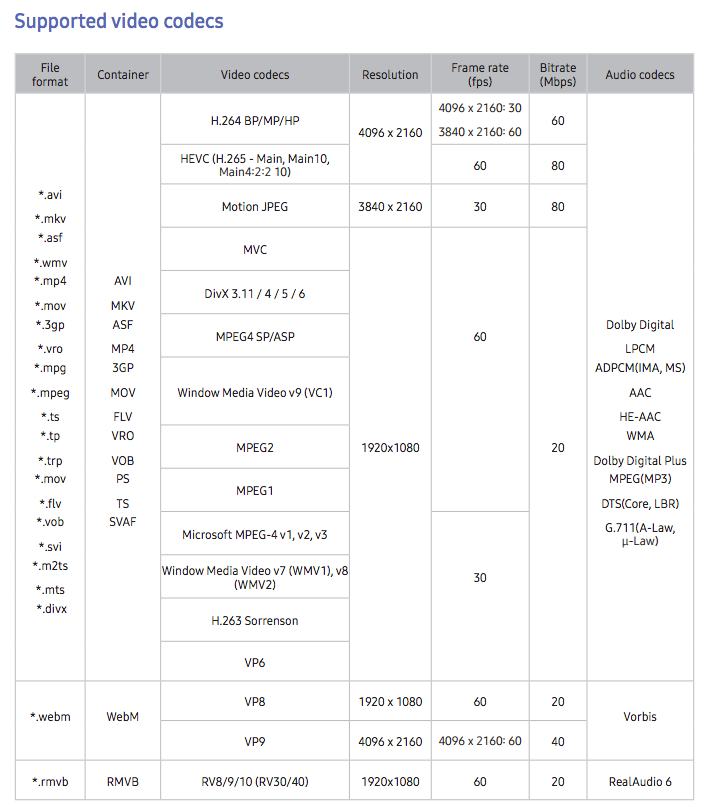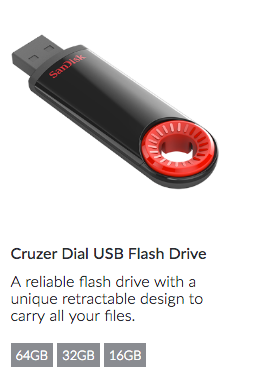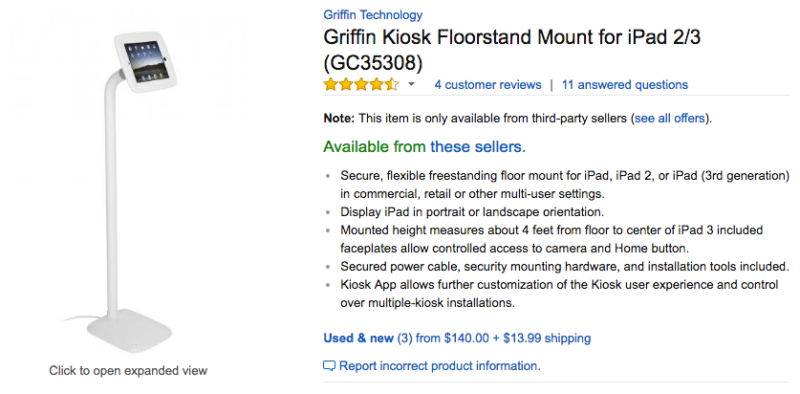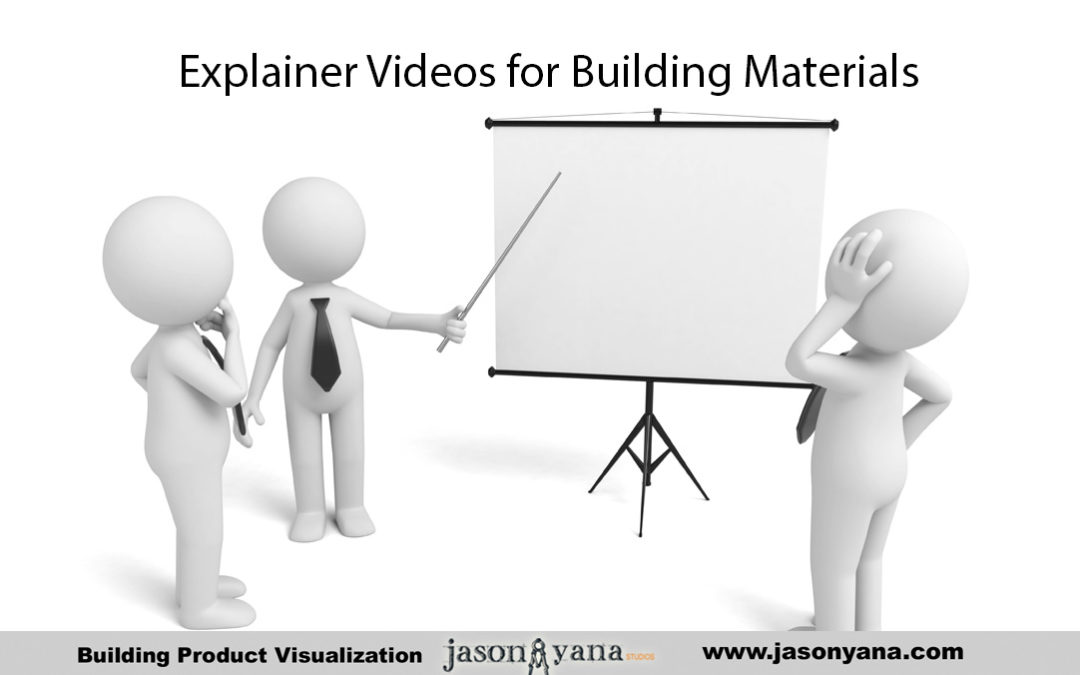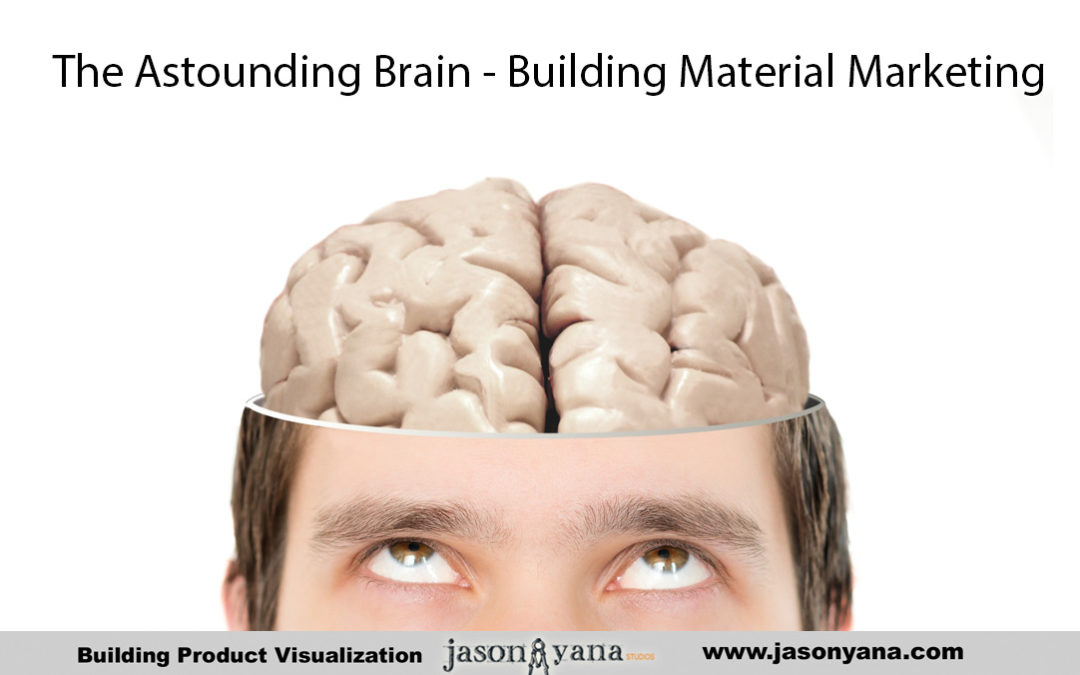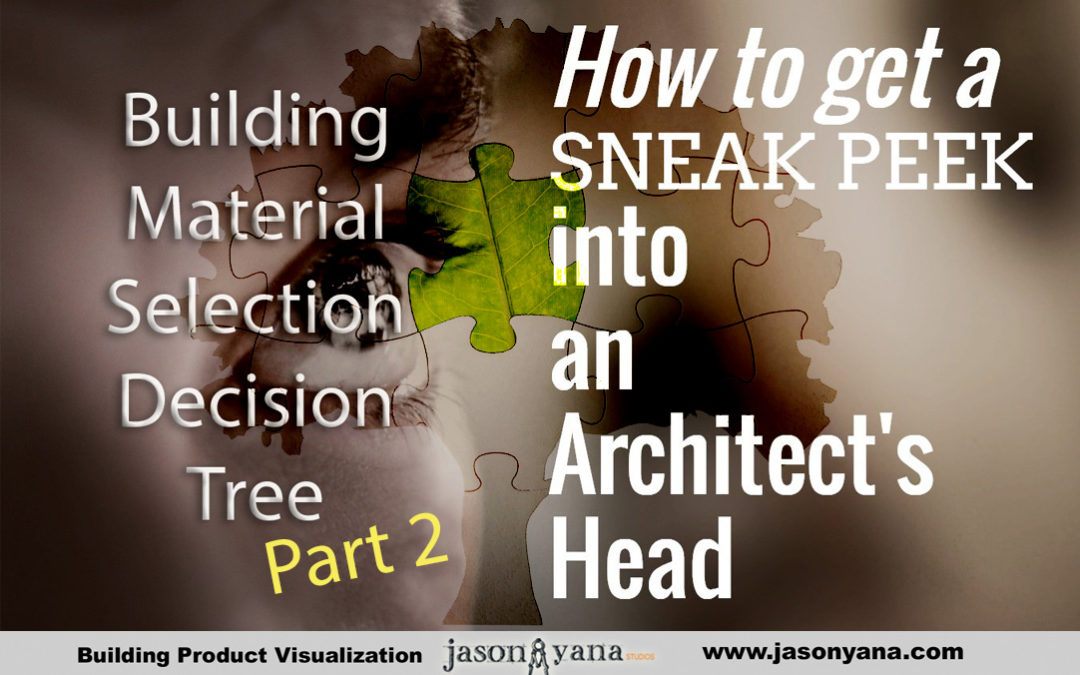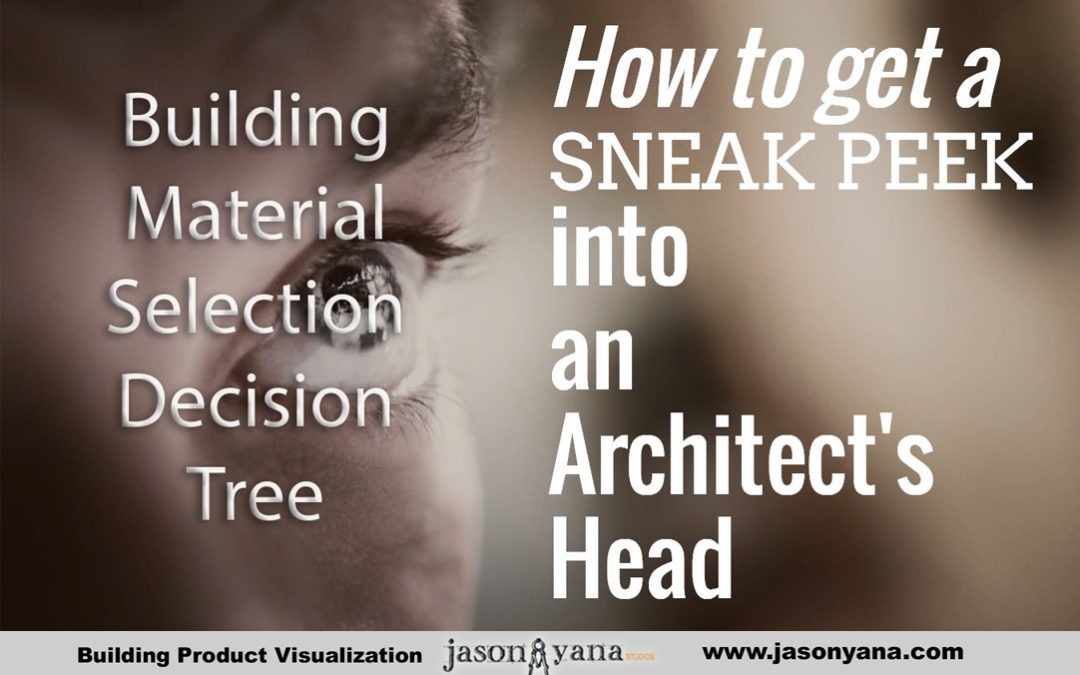
Start with WHY to Find Your Building Material Marketing Message
Introduction
It’s a sunny Saturday morning and I’m stuck here at my computer looking for something to help take one of the things off my “honey-do” list. And it just happened again!
Why does it keep happening over-and-over? Like I’m trapped in some lame version of that Bill Murray movie, “Groundhog Day.”
Here I am, looking at another home repair product’s website, and I have to work hard to figure out what the product actually does and why I should pick it over all the other options out there.
In some cases, they’ll have a beautiful, high-resolution image with a clever phrase or tagline. (Or maybe just their logo…) But I can’t figure out what the heck they’re trying to sell me. In others, there’s just a bunch of technical information pounding me over the head with facts and features about their product. But they never get around to telling me why their product is better.
I’m like most guys, and if it takes me too long to figure out the next step, I’ll just find an easier thing on my list and move on. But not this time. No sir!
I saw this as an opportunity to dig in and pull out a marketing lesson or two. The idea actually grew from a TedTalk my wife recently shared with me…
Start With Why
In 2009, Simon Sinek gave what’s become one of the most popular TedTalks of all time called, “How Great Leaders Inspire Action.” It had almost 30 million views, last I checked.
In his 18-minute presentation, Sinek used the ideas and principles taken from his book, “Start with Why.”
The big thing that stuck with me from the talk is what Sinek called the “golden circle.” He used this simple visual to explain the fundamental differences between the “Apple” companies of the world and everyone else.
Basically, he simplified how we think, act and communicate to three words, or layers: Why, How, and What.
-
WHY – This is your business’ core belief. Why you do what you do.
-
HOW – This is how your company fulfills that core belief.
-
WHAT – This is what you do to fulfill the core belief.
We all know what we do and can talk about it all day. It’s the tangible things. The basic features and benefits we can all recite from memory and list on our technical data sheets.
Some companies know how they do what they do. They often use these to explain how they’re different or better than the other guys.
But most companies or individuals find it hard to clearly articulate why they do what they do.
Sinek’s point was that most companies start with the much easier what and how they do business. But rarely, if ever, do they think or talk about their why.
That’s what sets the “Apples” of the world apart. They start with why and then move to the how and what they do.
To help boost your connection with your target audience let’s take a look at some of the key takeaways, and use the “Start With Why” framework to look at a few building product websites through that lens. We’ll focus on window manufacturers to compare a few similar products
3 Key Takeaways for Building Product Marketing
1. Use “Why” to put a framework around your product
As Sinek says, “People don’t buy what you do. They buy why you do it.” Think back to why you got into this business in the first place – about why your company does what it does. This helps make sure your entire team is aligned with your core belief(s).
And when I say “team,” in our industry that can be very broad term. It can mean the sales and production staff for you company, but can also extend to your sales reps, suppliers and even the architects or designers who might become your “product evangelists.”
If your whole team understands your “why” it’s a whole lot easier for them to pass on “how” and “what” you and your product do.
Let’s take a look at our first example website to see how they do on this one…
Andersen Windows
Here’s the screenshot of Andersen’s Home page (desktop and mobile) on the day I wrote this:
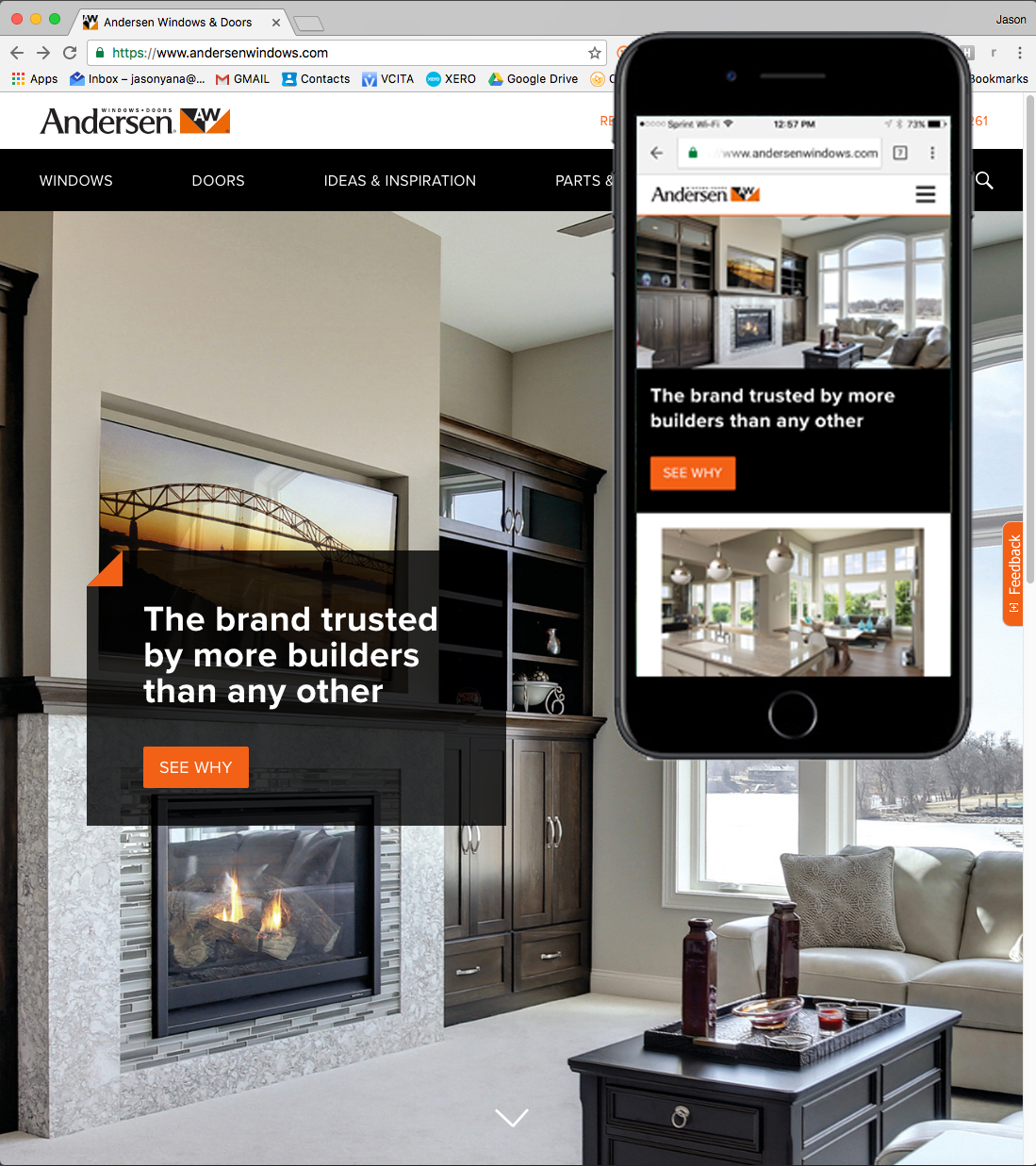
I thought we were onto something here when I saw the simple quote, “The brand trusted by more builders than any others.” Followed by a button to click saying, “SEE WHY.”
When you click on the button, the next page is a nicely designed listing of their features and benefits. Energy-efficiency. Experience & Innovation. Beauty. Performance. Service. Sustainability. Giving Back.
All great things, but you’ll end up finding very similar lists of “how” and “what” on the other sites you visit. But, here on the surface, I couldn’t find the “why” behind their company or their product lines.
So, I decided to dig a little deeper…
By going off their product site to the Andersen Corporation website, I looked a bit at their company history. There you can see they originated the “two bundle” method of construction to help streamline the window construction process on the job site.
Later, they developed the first completely assembled window unit. You can keep clicking through to see their many other innovation and a little bit of the “why” behind each of those advancements.
To truly embrace the “Start With Why” principles, they could certainly look at folding more of these things back into their up-front marketing efforts. Andersen has a lot of why’s out there, but it’s not something we shouldn’t have to dig for.
2. Pull the “Why” into your marketing
As we saw in the Andersen example, there are always opportunities to find the “why.” The challenge is to find ways to effectively pull that forward and incorporate that into the visuals and copy you use in your marketing.
Our next example website is…
JELD-WEN Windows and Doors
(www.jeld-wen.com/en-us/)
Screenshot of JELD-WEN’s Home page on the day I wrote this:
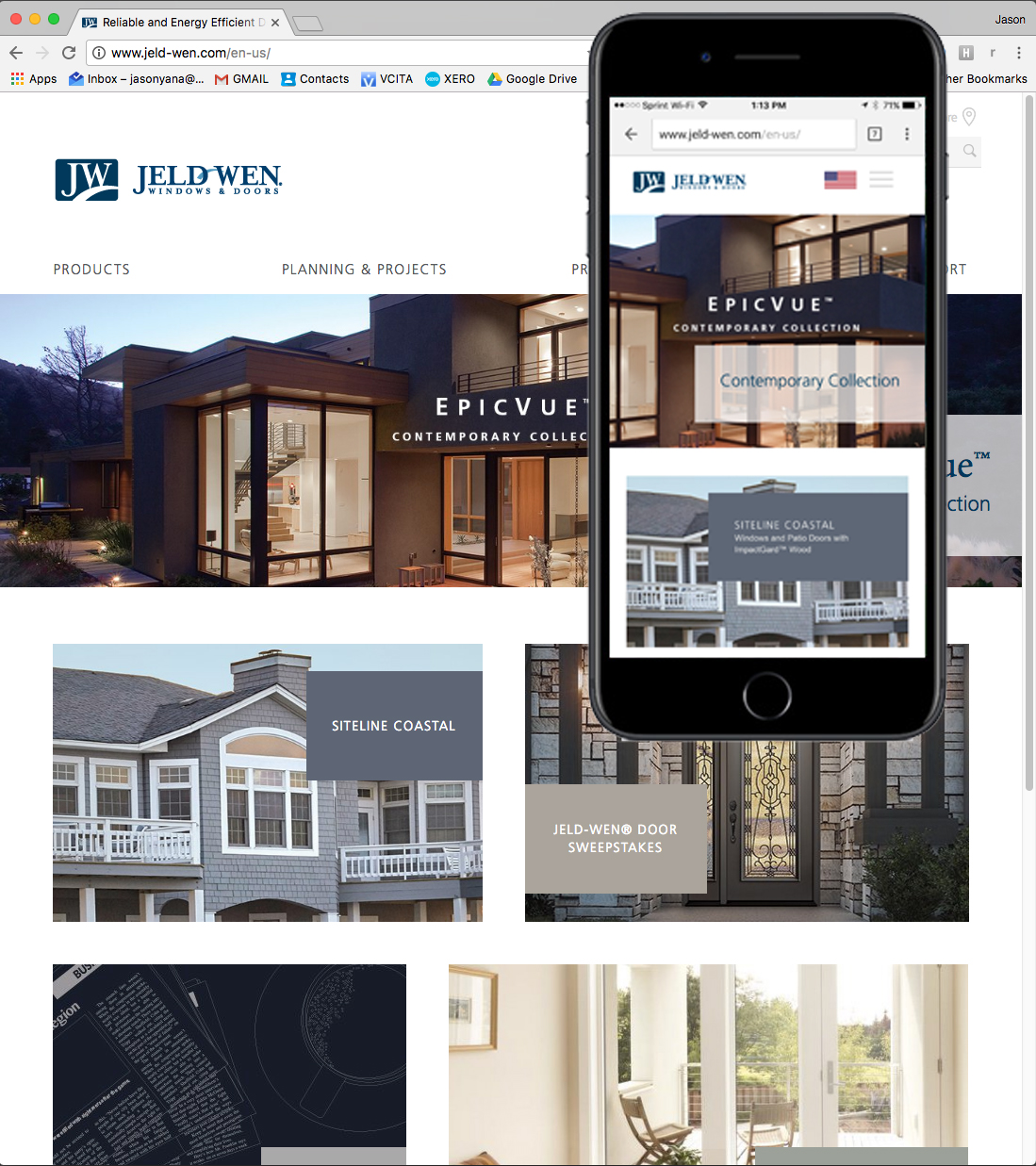
At first blush, the JELD-WEN site is just showing me a catalog of their products with lists of features for each of the products. Nothing too compelling or exciting to connect with me or make me pick them over any other window out there.
Again, I have to do some digging to find a hint at their “why.”
On the “About Us” page of their site, you can find their value and mission statements, and a bit about their history. But even those aren’t getting to that elusive “why” that I want to see to help me connect with them and make them my go-to resource for windows.
Not much more I can say about JELD-WEN, other than they could do more self-exploration to help find their why and bring it up to the surface.
3. Redefine your target market
Depending on how long your company has been around, your target market can change over time. It’s sometimes based on the trends in the market, or changes in your own products and services.
By going back to the “Start With Why” principles, you may find you’ve lost your way a bit. That’s OK. We all need to re-examine things from time to time. As the quote, attributed to Socrates, says, “The unexamined life is not worth living.”
If you do choose to go through the process of finding and starting with your “why,” it can help you clarify WHO it is you want to serve. This can go a long way in helping you clarify your marketing messages.
For our final example website, we’ll look at:
Marvin Windows
(www.marvin.com)

On their Home page, Marvin has a great video background that loops through a variety of images. I can tell they cater to the residential market and it looks like they have products that fit with traditional and more modern designs.
On the sections below the video loop, they go into several of the standard
“why work with us” statements we’ve seen on other manufacturer sites. But they are starting to bake in more of their “why” into these statements.
For example, when they talk about their unmatched service, they say, “Building and keeping relationships is as important to us as the unwavering quality of our product…” That’s a pretty good why that I can identify with. Relationships are important to me, too.
For their commitment to quality, they say, “We set high standards for ourselves so we can be sure that every single product we make for you is built to last…” When you use the phrase “so we can” that’s giving me your reason why.
Could their reasons be made stronger and clearer? Absolutely. There’s always room for improvement. The point of examining these examples is to get you started down the road to examining your own messages and those of your competition.
Final words…
If you don’t define your why, nobody cares what your product is or how it works.
They might select your products based on price, but you won’t develop that loyal following we’d all like to depend on for our business. If you want to quiet the competition and get your customers and teams on board with you, you need to inspire them and connect with them.
To do that, you need to start with your why.
About the Author :
Jason Yana has 2 decades of experience in architectural technology, 3d graphics and construction marketing. This unique combination provides highly-effective visual representations of building products that fuel marketing and support efforts.
His award-winning body of work informs, inspires and educates building product customers.


